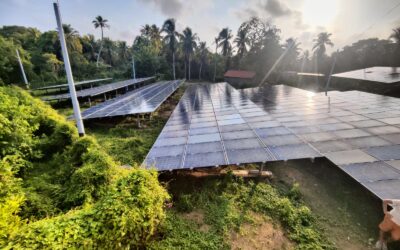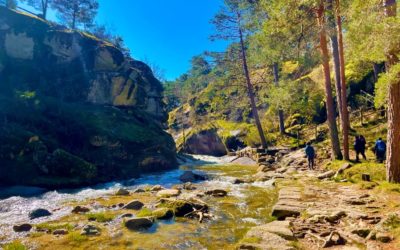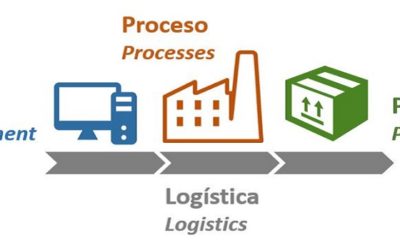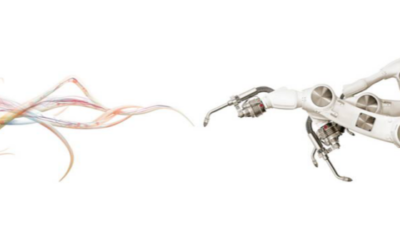“LOOKING FOR ANSWERS”
BLOG CARTIF
know us:
Recent posts
Content categories

Agrofood
On World Health Day, #stayhome but do it in a healthy and active way
April 7 is World Health Day. It is paradoxical that this year we will celebrate it confined due to a global pandemic. However, although #Istayhome, life goes on and we cannot let our guard down when it comes to health. Each of us associates the fact of being at home...
October 16th, World Food Day: #ZeroHunger
#ZeroHunger is the motto for the World Food Day that is celebrated on October 16 leaded by the Food and Agriculture Organization of the United Nations (FAO) worldwide. #ZeroHunger is also part of the Sustainable Development Goals (SDG) of the World Health Organization...

Energy & Environment
PLADEMI: access to energy services for development in Ibero-America
Universal acces to sustainable energy is an indisputable objective for the human development and the fight against poverty. Electrical energy services are vital "satisfiers" of human needs such as cooking and refrigeration, lighting, heating, trasnport, communication,...
BIM for renovation?
New European directives on energy efficiency, targeting a 55% reduction in greenhouse gas (GHG) emissions to be achieved by 2023, are triggering deep renovation building projects, which are largely responsible for these emissions. This high demand for the...

Environment
Recovering our link with nature
In the end, I coukd not resist...I went to see AVATAR 2. Even in 3D! The idea of recalling the sensations I experienced 13 years ago as a spectator of one of the greatest technological advances in animation of the 21st century, won over the laziness of being inside a...
Biomass. Now yes?
Many people will have an accurate idea of what biomass is and what it represents in our society. In an energy context in which energy prices are continually breaking historical records, there are already many consumers who, in view of the imminent winter, have found...

Industry
Industry 5.0, seriously?
It seems unbelievable, but 5 years have passed since CARTIF inaugurated the blog with the post on Industry 4.0 in which I analysed some of the keys to the so-called “fourth industrial revolution” and how it could affect the industry in our country. It has always...
IoT technology to improve the efficiency of industrial companies
With the promise of 75 billion devices connected to the Internet around the world in 2025, the 'Internet of Things' (IoT) opens the door to a future of opportunities for companies to optimize their processes, whether in the form of manufacturing their products,...

Health & Quality of life
Medicine and Engineering: sentenced to be understood
The tools that engineering provides to the medicine are a fundamental pillar. The mathematical and computational modeling is essential to the generation of new therapeutic strategies for the treatment of diseases. Behind many of the medicine advances there is an...
Did Nikola Tesla open a door to accessibility? (II)
In my last post, published last week, I made a collection with the most interesting definitions of "Internet of things" or this "connected world" accesible for everyone without discrimination because of economic, social or functional diversity reasons. At the sprint...

Construction and Heritage
New technologies applied to security in confined spaces
Ensuring the safety of workers inside confined spaces is a critical activity in the field of construction and maintenance because of the high risk involved in working in such environments. Perhaps it would be useful, first of all, to know what is meant by confined...
When the historic buildings talk (IV)
In two previous blogs of 'When the Historic Buildings Talk' (2) and (3), we have described how does affect and what is the importance of monitoring temperature and humidity as well as lighting (natural and artificial) in historic buildings. To complete this saga of...

Digitalization
No Results Found
The page you requested could not be found. Try refining your search, or use the navigation above to locate the post.

Innovating R&D
No Results Found
The page you requested could not be found. Try refining your search, or use the navigation above to locate the post.











